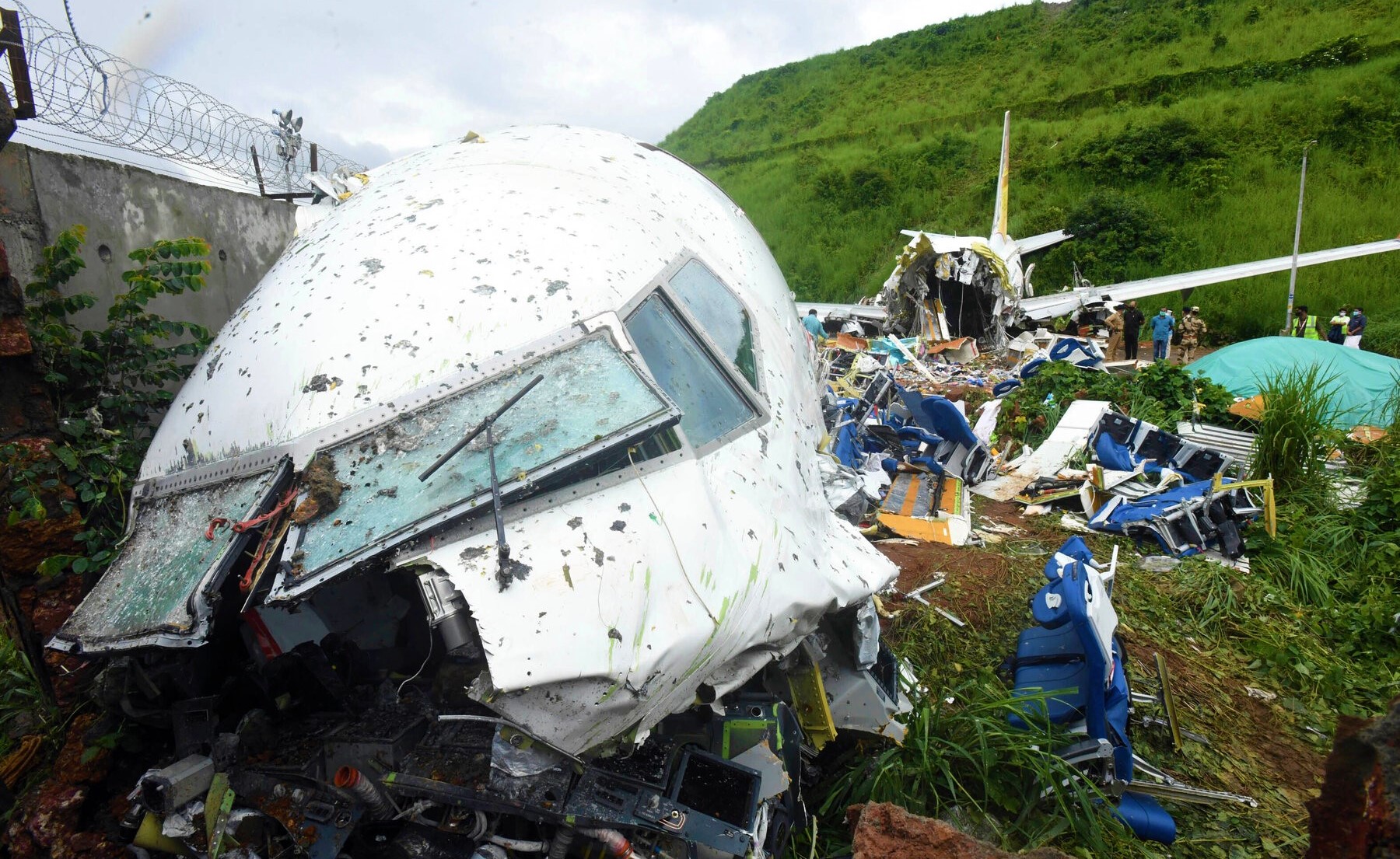


The PF (pilot Flying) continued an unstabilised approach and landed beyond the touchdown zone, "half way down the runway, in spite of 'Go Around' call by PM (Pilot Monitoring) which warranted a mandatory 'Go Around' and the failure of the PM to take over controls and execute a 'Go Around'", is the probable cause , says the Final report !
The report also highlights, the contributory factors to the prime cause are vital, the accident investigation team released the opinion that the role of systemic failures as a contributory factor cannot be overlooked in this accident.
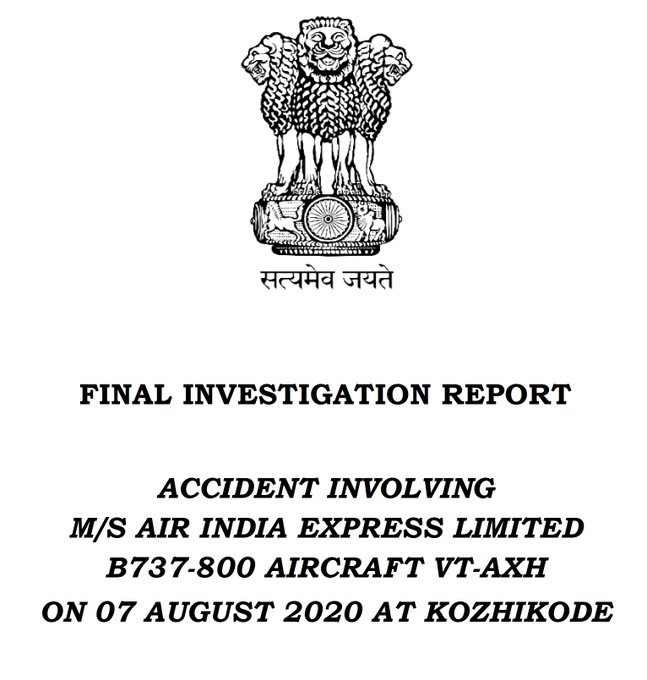
"A large number of similar accidents/ incidents that have continued to take place, more so in AIXL, reinforce existing systemic failures within the aviation sector.
"These usually occur due to prevailing safety culture that give rise to errors, mistakes and violation of routine tasks performed by people operating within the system. Hence, the contributory factors enumerated below include both the immediate causes and the deeper or systemic causes," it added.
To sum up, a year after the B737 aircraft crash at Kozhikode airport (IATA: CCJ, ICAO: VOCL) that killed 20 people and injured several others, the Aircraft Accident Investigation Bureau (AAIB) on Saturday -11th september, released a 257-page Final report stating that the probable cause of the accident was non-adherence to the standard operating procedure by the pilot flying the aircraft. However, the role of systemic failures as a contributory factor cannot be overlooked.
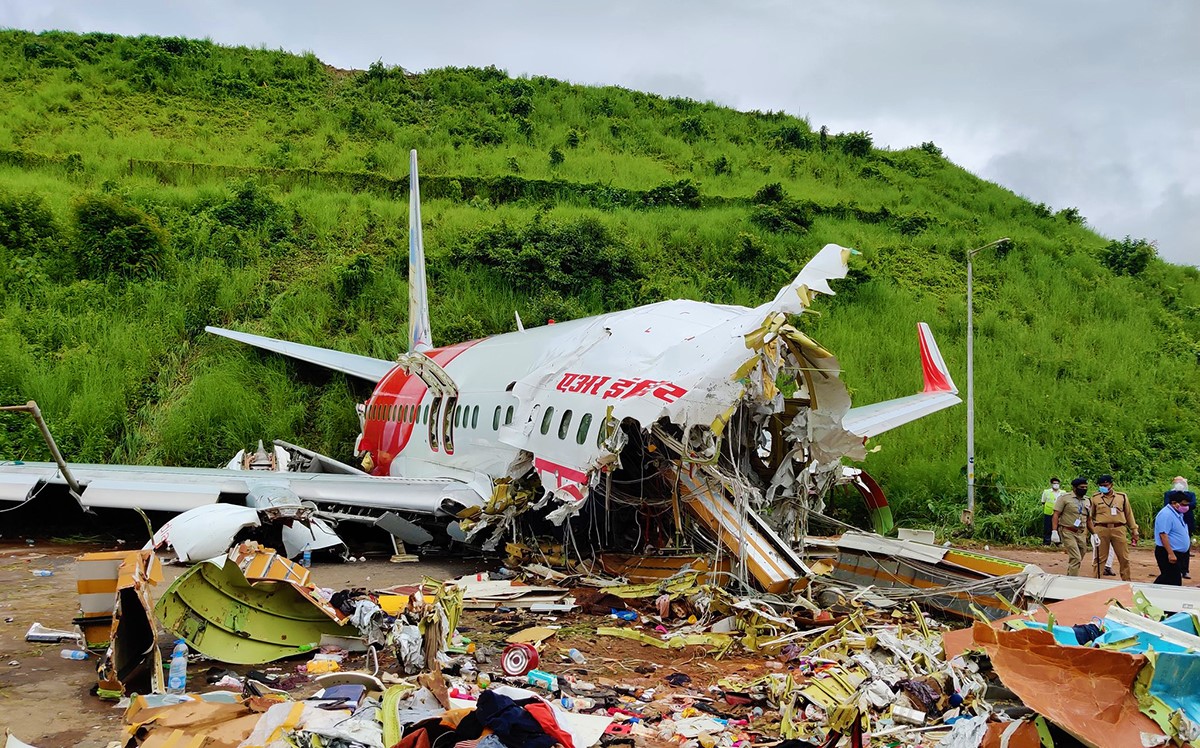
190 people onboard the ill-fated aircraft and at least 21 people, including the two pilots, were killed and several others were injured.
Air India Express Flight 1344 operating a Boeing 737-800 aircraft was a scheduled international flight on 7th August 2020 from Dubai (IATA: DXB, ICAO: OMDB) , United Arab Emirates, to Kozhikode (Calicut), India, landing at Calicut International Airport (IATA: CCJ, ICAO: VOCL).
The ill fated flight was part of the "Vande Bharat Mission" to repatriate Indian citizens stranded due to the COVID-19 pandemic onslaught. On that day, the flight crew had already aborted two landing attempts because of heavy rain and tailwind conditions and pilot could not see the runway 28 end, that was scheduled for the landing, hence requested for Runway 10.
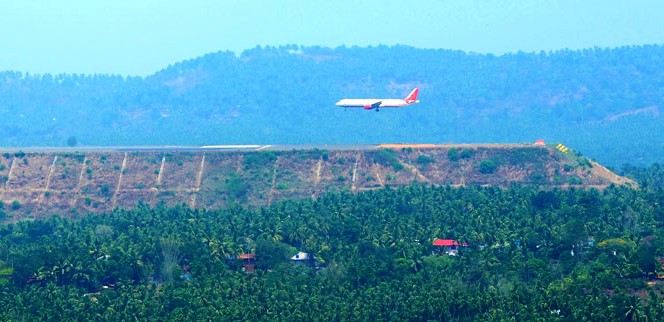
On the third landing attempt, the aircraft touched down near taxiway ''C'', which is approximately 1,000 m (3,300 ft) beyond the runway threshold of runway 10, length 2,860 m (9,380 ft), but beyond the touch down mark; and skidded off the end of the tabletop runway and slid down a 30–35 ft slope, killing 21 passengers and both pilots along with non-recoverable damage to the aircraft itself. The four cabin crew members and 165 passengers survived, of whom over 100 were injured.
The involved aircraft VT-AXH was a B737-8HJ installed with two CFM56-7B27 engines, manufactured by Boeing Commercial Airplanes with manufacturer's serial number (MSN) 36323 and line number (LN) 2108, was delivered to Air India Express on 30th November 2006.
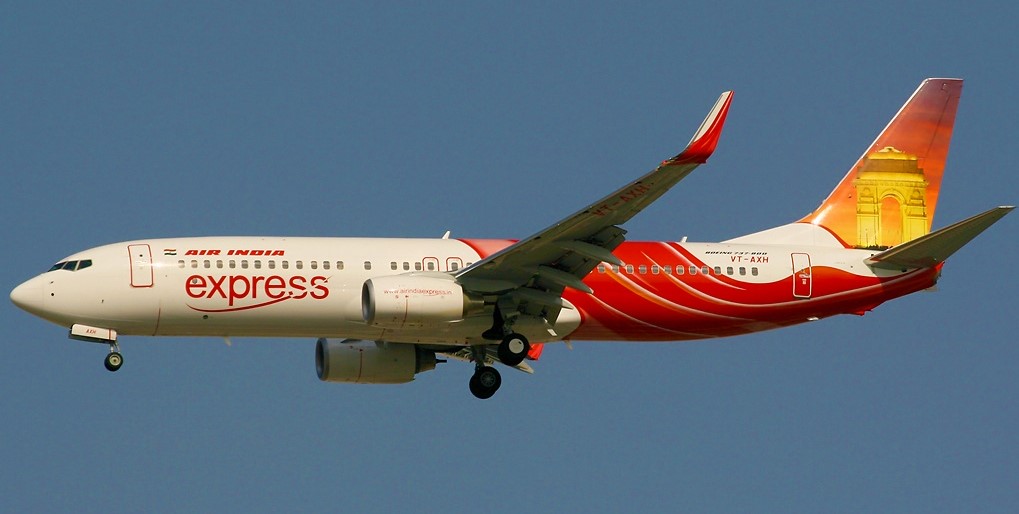
Indian Kozhikode (Calicut) International Airport located in Karipur, Malappuram, is termed as one of the most dangerous airports in India, according to India's Directorate General of Civil Aviation (DGCA). It has a tabletop runway, a runway that is located on the top of a plateau or hill with one or both ends adjacent to a steep precipice which drops into a gorge.
The Indian regulator DGCA had designated Calicut Airport as a "critical airfield", which means that only the captain (and not the first officer) can perform takeoffs and landings operation there due to the table top conditions.
The Indian Airports regulator - Airports Authority of India (AAI) says that the airport is licensed for use in all weather conditions under instrument flight rules, but that the pilots operating flights to and from Calicut Airport (both day and night) should have sufficient flying hours at night to handle the dangerous conditions.
Regarding the runway end safety areas (RESA) at both ends of the runway, instead of the recommended 240 m (790 ft) safety area, Runway 10 had only 90 m (300 ft).

The width of runway 10 is only half of the minimum width that existing regulations demand, with very little buffer zone on either side, whereas the recommend is 150 m (490 ft).
Investigation reports prior to the accident says, there were heavy rubber deposits on the runway; and Calicut Airport also lacked an engineered materials arrestor system (EMAS), that could have prevented the accident.
The Pilot had 10,000 hours of flying experience on the Boeing B737 type, including 6,662 hours as acommander. The Pilot had landed successfully at the Calicut international airport at least 27 times, that included around 10 landing in the year 2020 itself.
The New Indian Civil Aviation Minister Jyotiraditya Scinida said that the Final report would be made public in the next couple of days, he also quoted,
"Whatever steps that have been advocated on the basis of that report, those steps will be and has to be executed."
".Within the ministry, we will be also putting together a group of people that will be tasked with the responsibility of ensuring that the steps that have been recommended in the report are put in place at the airport,"
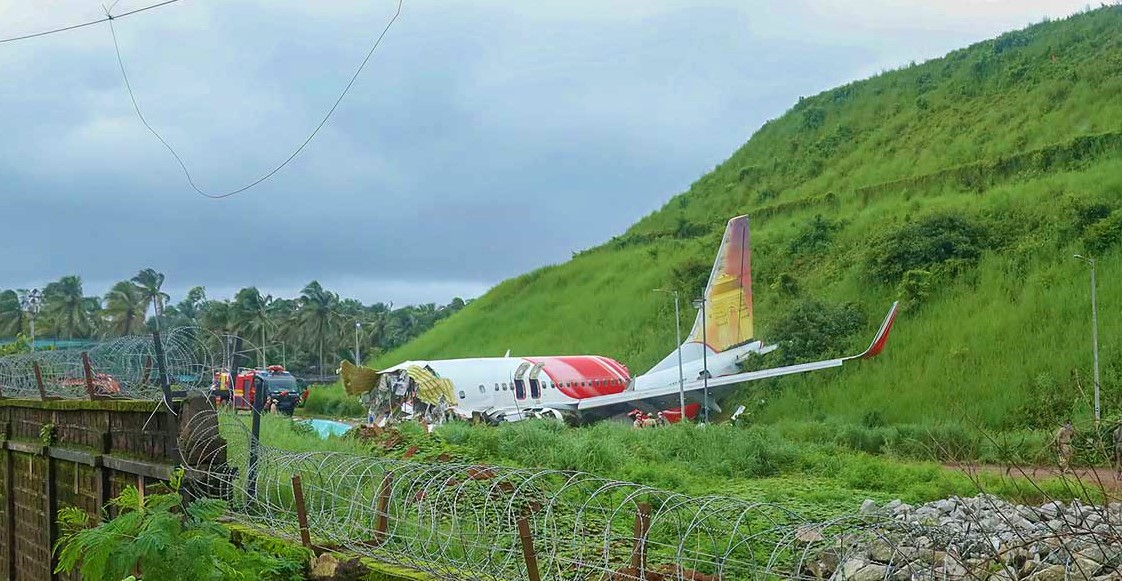
Last month's indian Minister of State for Civil Aviation V K Singh statement says,
"Final compensation offers have been made to all the 165 injured passengers, out of which 73 passengers accepted the offer and have been paid a total amount of Rs 60.35 crore as the final settlement as of date,"
" final compensation offers have been made to all the next of kin of the deceased passengers, but none of the "next of kin has sent their acceptance as of date".
